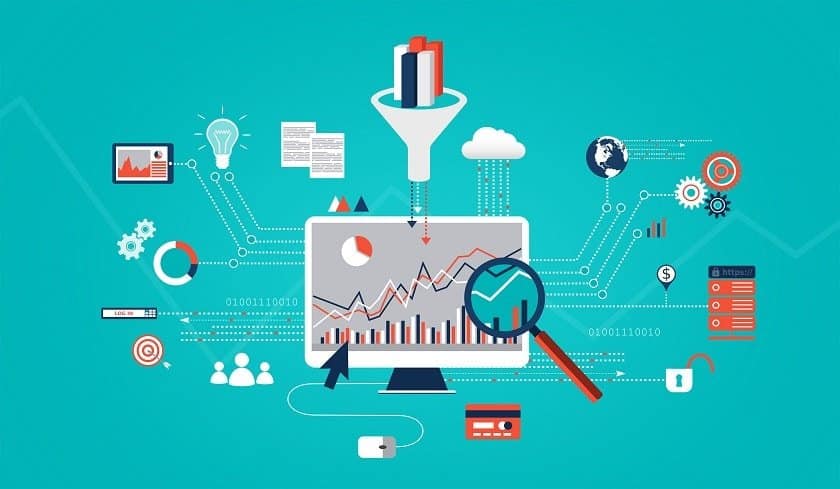Making the right decision relies on having the right data. When you’ve got lots of different data sources, it’s important to pull them all together so that the people making the decision have a single view of everything they need to choose the right route forward for the organization.
Here’s our guide to capturing decision-support information.
3 Sources of decision-support data
The three main places to look for data to help you make your decision are:
Senior management
Use your management team to input into the decision-making process. They will be able to provide guidance around the organizational politics of the decision and any external or corporate factors that you should take into account.
End users
The group of people using the deliverables of your project or the item that you are making the decision about will also have the insight to share. Think about what contribution they can bring, perhaps through original reports, data extracts, process maps, and so on. Don’t forget that while their opinion might not strictly be ‘data’ it can still be a useful input to the decision-making process.
Peers
After looking up the organizational hierarchy to senior management and down to the end-user population, look around you for input from your peers. The Project Management Office is a good source of data, both from enterprise project management systems and reporting. The strategy department or finance team may have additional insight from their software and reports – a strategy map or financial business plan, for example. Other managers in a similar role to you may also have tips and tricks to share.
Manage meetings for success
These three groups of individuals are likely to represent a wide and varied cross-section of your company. It’s also likely to be far too many people to have in one meeting. That’s OK: you don’t need everyone in the room at the same time. At this point, all you are doing is gathering the right information to make your decision.
The most common way of getting information out of people’s heads and into a format that can be used for decision support is through meetings. However, how you run a meeting can make or break it, and if you want to get the best output, it’s worth putting in some time to prepare for your meeting.
Don’t invite everyone to the same session. It’s often the case that younger team members, or those without much experience, or those who don’t work in a head office role, can feel intimidated if older, more experienced or head office managers are in the same room. If they don’t feel comfortable, they won’t share their ideas. You will miss important information because the environment isn’t right for sharing.
If you think this might happen in your session, split your audience up. Hold several meetings, inviting groups of appropriate people to each. You can always share the output from each session with each group so they have the complete picture. The other reason to do this is that large meetings are boring. There will be plenty of people who will not be contributing at any one time and you’ll lose their engagement because they will switch off. Smaller groups prevent that from happening so readily.
The right way to record data
Having organized the sessions to source your data, you need to capture it effectively so that it can be used in its entirety for decision-making later on. Start as you mean to continue, by setting up effective data capture mechanisms at the start.
You might be receiving input from any number of means including:
- Workshop and meeting output (mind maps, process maps, flip charts, minutes);
- Emails (from people who are unable to attend a session in person);
- Conversations (informal discussions that happen outside a formal meeting structure).
You need a tool to capture the output, regardless of how you receive it.
A great way to do this is with online mind mapping software. Start your mind map with the data that you have and then every time you run a new meeting or get some new insight, simply add more to the chart. There’s no requirement to switch between multiple documents.
When your mind map is created you will have a single source of decision-support information and everything you need to make your decision in one visual format. Discuss this with the managers who will be making the decision, and you can move forward knowing you’ve not forgotten anything.
About the author
Elizabeth Harrin is the author and award-winning blogger behind A Girl’s Guide To Project Management. Get her suggestions for being more productive at work on her blog.






